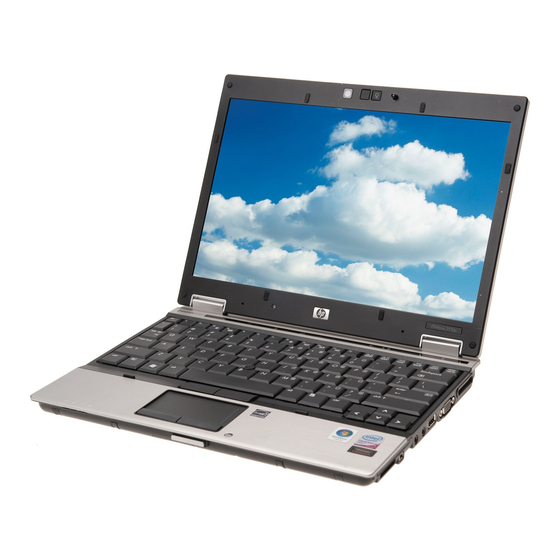HP 2530p - EliteBook - Core 2 Duo 2.13 GHz Overview - Page 10
Browse online or download pdf Overview for Desktop HP 2530p - EliteBook - Core 2 Duo 2.13 GHz. HP 2530p - EliteBook - Core 2 Duo 2.13 GHz 16 pages. Notebook pc
Also for HP 2530p - EliteBook - Core 2 Duo 2.13 GHz: Specifications (36 pages), Product Manual (16 pages), User Manual (15 pages), Network Manual (16 pages), Specifications (2 pages), User Manual (27 pages), Setup Manual (19 pages), Manuallines (12 pages), Software Installation Manual (8 pages), Manuallines (6 pages), Setup And Configuration Manual (18 pages), Driver Installation (20 pages), Manual (20 pages), Manuallines (7 pages), User Manual (31 pages), User Manual (46 pages), User Manual (44 pages), User Manual (42 pages), Specifications (45 pages), User Manual (30 pages), User Manual (24 pages), Quickspecs (46 pages)

